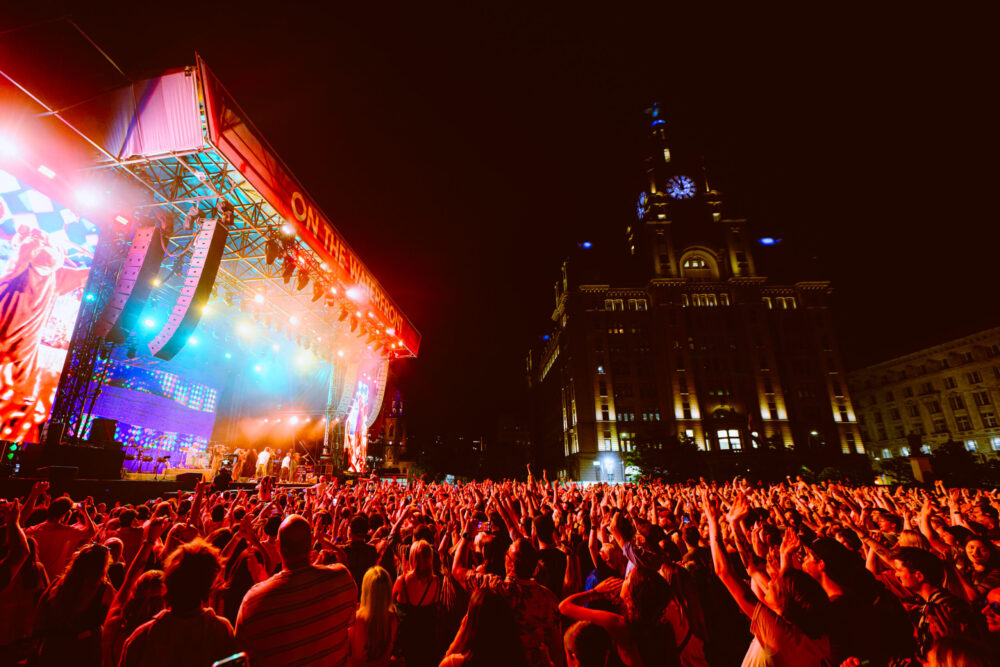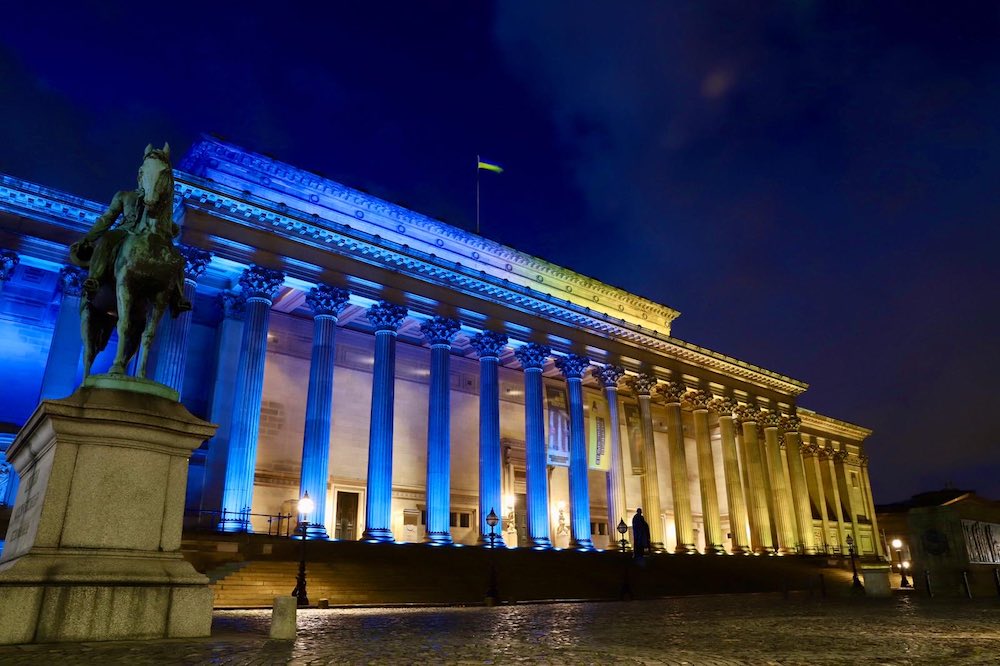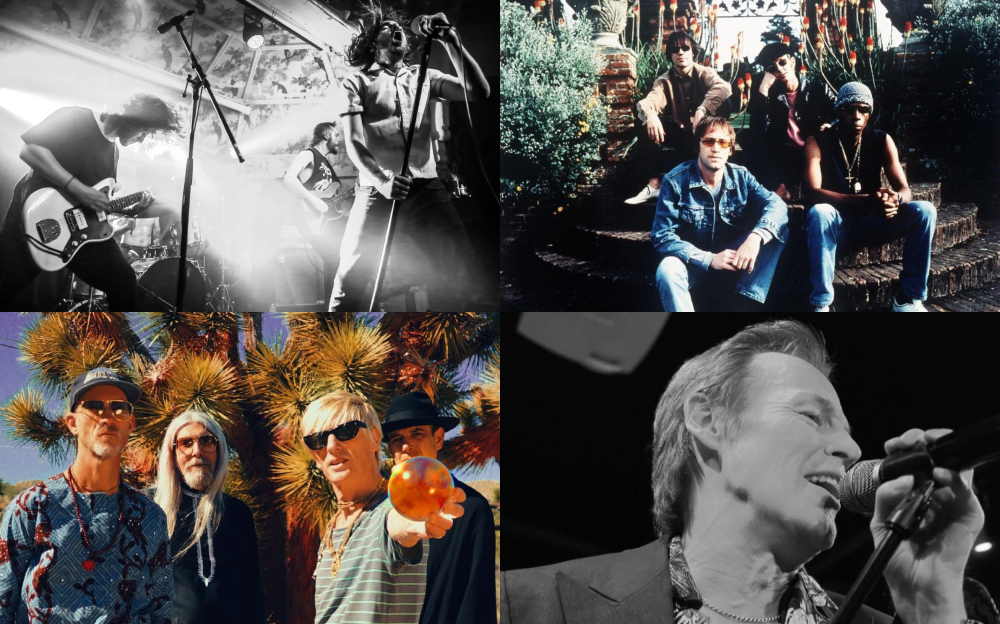
Features
Why St George’s Hall is so important to Liverpool and we should all celebrate it
1 year ago
Advertorial
When the eyes of the world have been on Liverpool, St George’s Hall has been at the centre of some of our most momentous moments.
From the spectacular Capital of Culture launch, football homecoming parades and Eurovision, to a vigil following the shooting of John Lennon and the Hillsborough inquest verdict, crowds have always gravitated towards the grand landmark.
This year St George’s Hall marks its 170th anniversary with a summer series of events including a stunning immersive sound and light installation, live music and comedy.
The magnificent Grade I listed hall is one of Liverpool’s finest historic buildings and, says Alan Smith, Head of Heritage Preservation and Development at the city council, it perfectly reflects the character of the city.
“Liverpool took hit after hit from the late 19th century, then first and second world wars and the Depression in between, but through it all the hall always stood there as this beacon,” he explains.
“When it was first designed, Liverpool was growing rapidly as a city and we didn’t have a venue of note. Halifax had one, Manchester had one, all the major towns had one, but we didn’t.

“Our pride in the city was paramount, we believed we were the second city and we wanted this venue to show that pride, ambition and confidence.
“Because we thought we were the best in the world, we didn’t just build a hall, we built the best example of Victorian architecture there was.
“We were saying to the world ‘look at us, we’re good at what we do when we do it well’.”
When it opened in 1854, St George’s Hall became known not only for its magnificent structure but for innovation. It boasted what Alan describes as “the architectural Fab Four.”
“It has the Willis Organ, which with 7,737 pipes is the biggest and the best in the world; and it was the world’s first air-conditioned building, we beat the Houses of Parliament by one month!
“The barrel-vaulted ceiling, also the largest in the world, was so important that Queen Victoria came in the 1860s to see it and said it was worthy of Ancient Athens, because it was the epitome of Grecian grandeur. And the Minton floor, with over 30,000 tiles, is the best collection on this scale in the world.”
Although it was considered outstanding in its Victorian heyday, the hall fell into disrepair and ended up in a sorry state.
“In the 1980s in particular, when the city went into decline, the hall was basically derelict,” says Alan. “The ceiling and the staircase as you go to the Concert Room was missing, water was cascading in, we were on the cusp of losing it.
“But credit must go to the King for helping it to survive. In the late 1980s, he came to Liverpool and said something had to be done because St George’s Hall is a neo-classical iconic building not just for Liverpool, not just for the north west, but for Europe, it’s that significant.”

A charity was set up to save the building, and on St George’s Day April 23, 2007, it reopened restored to its former glory.
Since then, it’s become a venue for everything from weddings to concerts and cinema screenings, as well as the annual Remembrance Sunday service on the plateau, opening it up to a far wider audience.
“Over the last 10 to 15 years we’ve learned how to really use the Great Hall, the Concert Room and the Heritage Centre,” adds Alan.
“170 years is a lovely landmark anniversary to celebrate but the point is this is our hall so it’s about reigniting people’s connections with it. It’s easy to go past and think it’s not for you, a lot of people have never been inside, but it’s our place and it’s the heartbeat of the city so we want everyone to enjoy it.”











 Subscribe
Subscribe Follow Us
Follow Us Follow Us
Follow Us Follow Us
Follow Us Follow Us
Follow Us











